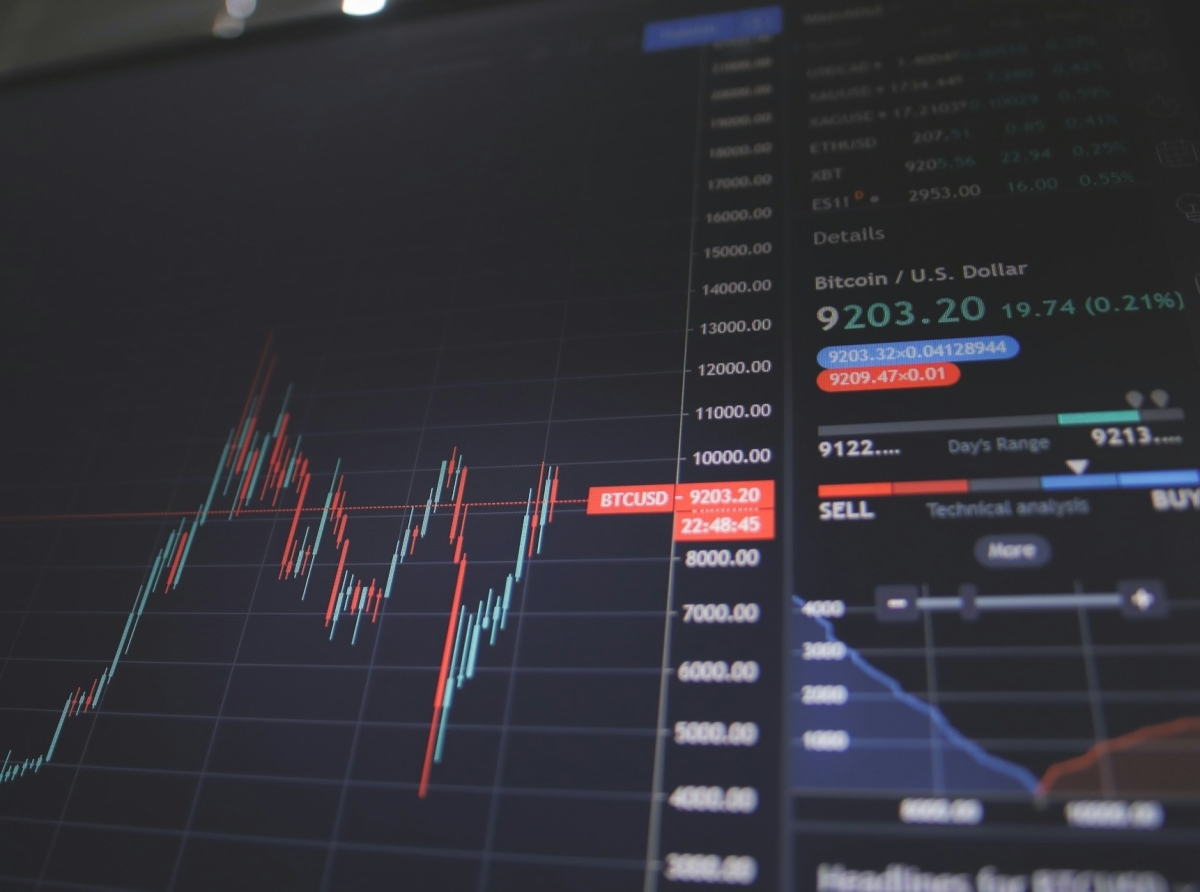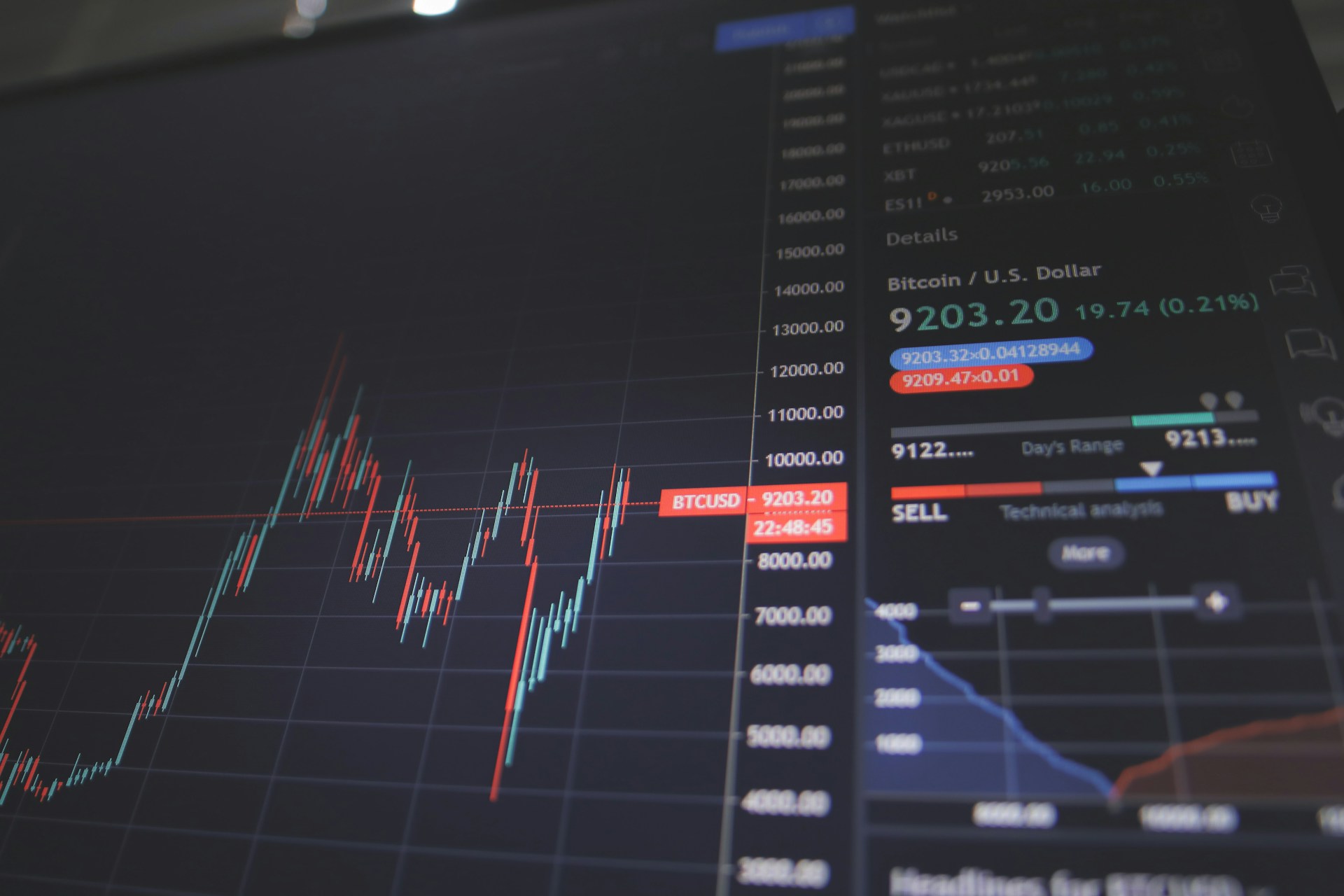Managing Risk Levels in Trader's Trading Terminal

Managing Risk Levels in Trader's Trading Terminal
In the high-stakes world of trading, where fortunes can be made or lost in mere seconds, the importance of managing risk cannot be overstressed. Risk management is the bedrock upon which the edifice of long-term profitability is built for traders. It involves identifying, analyzing, and mitigating potential pitfalls that could lead to significant losses.
A trader’s trading terminal is akin to the cockpit of a plane, providing the trader with a control center from which they navigate through turbulent financial markets. This advanced software integrates various tools that enable traders to execute trades, analyze market data, and importantly—manage risks. By leveraging the capabilities of their trading terminals, traders can significantly enhance their ability to control risk and protect their investment capital.
A trader’s trading terminal is akin to the cockpit of a plane, providing the trader with a control center from which they navigate through turbulent financial markets. This advanced software integrates various tools that enable traders to execute trades, analyze market data, and importantly—manage risks. By leveraging the capabilities of their trading terminals, traders can significantly enhance their ability to control risk and protect their investment capital.

Managing Risk Levels in Trader's Trading Terminal
Understanding the Types of Risks in Trading
Trading is fraught with several types of risks that can impact a trader’s portfolio:Market Risk: This is the possibility of experiencing losses due to adverse movements in market prices. It is an inevitable part of trading since no one can predict market movements with absolute certainty.
Liquidity Risk: Liquidity refers to how quickly an asset can be bought or sold without affecting its price substantially. High liquidity risk means it’s difficult to execute trades without causing significant price changes.
Operational Risk: This encompasses risks arising from execution errors, system failures, fraud, and other disruptions that can affect trade outcomes.
Each type of risk carries its own set of challenges and can influence a trader’s decisions in unique ways. Market volatility might require quick adjustments to positions; liquidity constraints might necessitate changing entry or exit strategies; operational mishaps could call for immediate corrective actions.
Strategies for Risk Mitigation
Astute traders employ various strategies to mitigate these risks:Stop-Loss Orders: These are instructions set within the terminal to sell an asset when it reaches a certain price point, effectively capping potential losses on any given trade.
Diversification: By spreading investments across different asset classes or market sectors, traders can reduce their exposure to risks associated with any single investment.
Position Sizing: This involves determining how much capital to allocate to a particular trade based on one’s risk tolerance and overall trading strategy.
Properly applied, these strategies help safeguard a trader’s capital against excessive losses stemming from unforeseen market developments.
Technological Tools for Risk Management
Today’s trading terminals are equipped with cutting-edge technologies designed to aid in risk management:- Through real-time analytics, traders have access to instantaneous data about market conditions allowing them to make informed decisions swiftly.
- Automated alerts notify traders about significant events or price movements that warrant their attention, enabling quick response to changing market dynamics.
- Sophisticated risk assessment algorithms help evaluate potential exposure and adjust strategies accordingly before executing trades.
These tools transform how traders interact with financial markets and manage risks by providing them with real-time insights and automated processes that enhance decision-making abilities.
Conclusion
To remain competitive and profitable in today’s volatile trading environment requires more than just having sound risk management practices; it demands continuous education on evolving market conditions and technological advancements within trading terminals. As technology progresses at a breakneck pace, staying abreast of these changes is crucial for traders who wish to adeptly manage risks and capitalize on opportunities as they arise. The integration of disciplined risk management techniques into every aspect of trading—coupled with an unwavering commitment to learning—is essential for any trader aiming for longevity and success in the financial markets.
Tags:Risk Management, Trading Strategies, Financial Markets, Trading Technology, Risk Control, Market Conditions
To remain competitive and profitable in today’s volatile trading environment requires more than just having sound risk management practices; it demands continuous education on evolving market conditions and technological advancements within trading terminals. As technology progresses at a breakneck pace, staying abreast of these changes is crucial for traders who wish to adeptly manage risks and capitalize on opportunities as they arise. The integration of disciplined risk management techniques into every aspect of trading—coupled with an unwavering commitment to learning—is essential for any trader aiming for longevity and success in the financial markets.
Tags:Risk Management, Trading Strategies, Financial Markets, Trading Technology, Risk Control, Market Conditions









Report
My comments